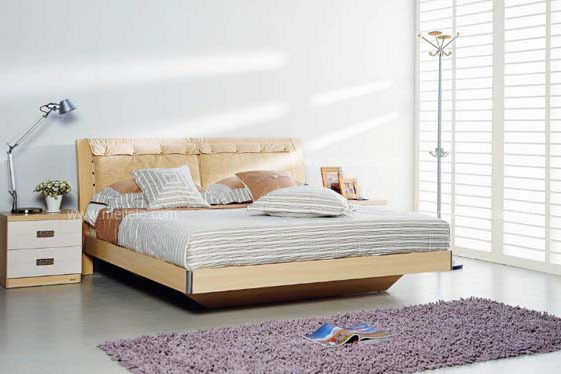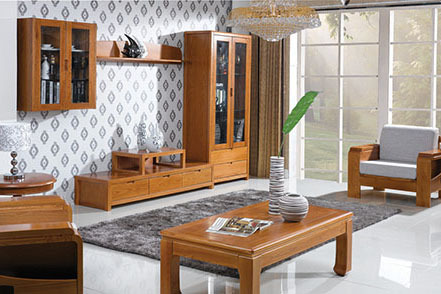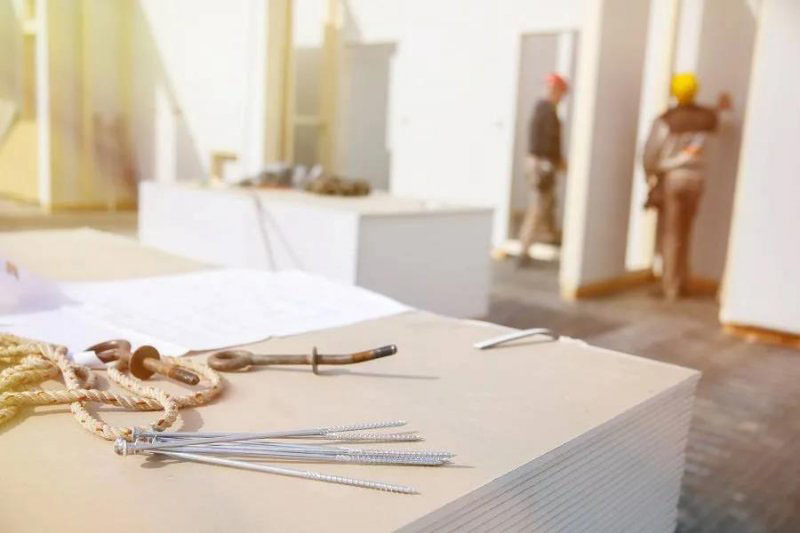Welcome To Linyi Jiahe Wood Industry Co., Ltd.,We Can Offer You High Quality Products!
WhatsApp: 86-13605398988
Strong demand and promising prospects for the board processing industry
2023-12-04
The board is lightweight, high-strength, aesthetically pleasing, easy to process, and has low processing energy consumption. It is a renewable and recyclable green material and biological resource among the four major materials in the world today (steel, cement, board, plastic). In the increasingly depleted situation of non renewable resources, the irreplaceability of board materials is becoming increasingly apparent.
Since the reform and opening up, China's board processing industry has developed rapidly and has become a major global base for wood processing and wood product production, as well as a major exporter of wood product processing. It is also one of the largest board purchasers in the world, with consumption of artificial boards, furniture, flooring, and other products ranking among the top in the world.
Data shows that from 2010 to 2016, the sales revenue of the board processing industry showed a rapid growth trend, from less than 70 billion to over 200 billion. In 2017, the sales revenue of the board processing industry declined to approximately 19.3081 billion yuan, a year-on-year decrease of 4.72%; It is expected to reach 199.935 billion yuan in 2018.
After continuous development, China's sheet metal processing industry has also shown the following three major characteristics:
Firstly, under the guidance of relevant policies, the situation of small, scattered, short, and chaotic has improved, and leading enterprises have gradually emerged, but market competition remains fierce. Data shows that in 2017, there were 1587 enterprises above designated size in China's sheet metal processing industry, an increase of 100 compared to the previous year. The number of enterprises entering the sheet metal processing industry is gradually increasing, and most of them are small and medium-sized enterprises. Price competition and product homogeneity are serious, and sheet metal processing enterprises are facing significant competitive pressure.
Secondly, the transformation from rough processing to deep processing has strengthened the development momentum. After facing severe challenges in loose rough processing and low value-added production methods, enterprises have begun to change their development ideas, increase investment in new product development, and transform from rough processing to deep processing. They continuously improve product technology content and added value, increase product market share and competitiveness, and enhance the development momentum of enterprises.
Thirdly, although the sheet metal processing industry has made significant progress, the development process inevitably involves resource and environmental issues, ecological effects, and economic development issues. Due to resource and environmental issues, China's per capita share of sheet metal is relatively low, and the severe shortage of resources belongs to countries with poor sheet metal resources, which has a negative impact on the subsequent development of the sheet metal processing industry. In response to this, China had to increase its import efforts. In 2017, the total volume of imported boards (logs+sawn timber, original board volume) exceeded 100 million cubic meters, reaching 108.497 million cubic meters; From January to July 2018, a total of 65.98 million cubic meters of imported board materials were imported, and it is expected to exceed 110 million cubic meters throughout the year.
Downstream industry demand remains strong
The downstream industries of the board processing industry include real estate, building decoration, wooden furniture manufacturing, cultural and educational office supplies, and musical instrument manufacturing. The demand of downstream industries affects the development prospects of the board processing industry. In the long run, the potential demand for downstream industries in sheet metal processing remains strong, and there is still considerable room for development in the sheet metal processing industry. For example, the wooden furniture manufacturing industry is one of the main downstream industries of the board processing industry, with a certain demand for various products such as wood, artificial boards, veneers, fiberboards, etc. In recent years, the process of urbanization has accelerated, and the demand for home product consumption has been continuously increasing. The potential for user consumption has also been continuously explored and enhanced. The continuous release of demand in the wooden furniture market will further promote the development of the board processing industry.
In addition, the continuous improvement of product technology content is also an important factor for the positive development prospects of the board processing industry. The application of electronic computers has played an important role in the innovation of timber technology, the transformation of the wood processing industry system, and the development of artificial board production technology and product design engineering. Under the influence of the new technological revolution, experimental research on finger joint technology, non wood core rotary cutting, non adhesive bonding, non chip cutting, and the application of flexible processing systems in the wood product industry all indicate that panel processing technology will undergo further significant changes. This means that the technological content of sheet metal processing products will continue to improve, consumers will have more choices, and the industry prospects will also be more clear.
Related Information
The meaning and differences of E0 and E1 grade plates
2023-12-04
General requirements for plywood formwork materials
2023-12-04
The characteristics of commonly used plywood in decoration
2023-12-04




